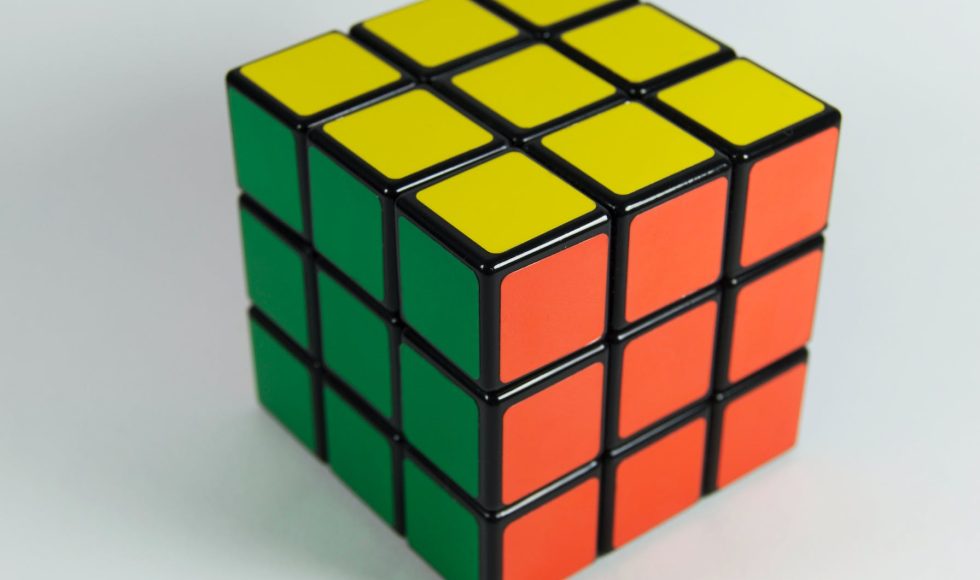Sandhya Raman was the next speaker I watched. The title of the CAST UDL Symposium presentation is “Universal Design For Learning (UDL) in Mathematics Classrooms: A Catalyst to Activate Diverse Learners,” and they shared their slides. Raman is a middle school teacher in California. Raman presented using GoogleSlides and live captions… I always forget to do that! Erin was a great example of how to do it on Tuesday. Raman shared resources at bit.ly/2022UDL and asked learners to think about their learning environment and “the best learning environment is accessible to you.” They also spoke about thinking about self-regulation and the need for food and breaks and how we perceive and act while viewing slides and taking notes. As part of the CAST UDL Symposium, a handful of presentations started with thinking about the learning environment. Each presentation did it differently! The presentation included guided notes. Raman started by the why of UDL and mentioning that the barrier is the environment, and not the learner. I loved the slide and reproduced the text below:
The Why (of UDL)
Barriers: The barrier is the environment, not the learner.
Variability: Variability is the norm. It is contextual. It can be planned for.
Expert Learning: The goal of UDL is expert learning.
Sandhya Raman, CAST UDL Symposium 2022
Raman spoke about “retrofitting access” and the consequences of retrofitting UDL… Raman also shared four photographs of Rubik’s cubes: one with colors only, no colors/Braille only, colors & Braille, and color/texture/no Braille. The last two are inclusive and the first two are exclusive to some. I did not know about this! This is such a different & thought-provoking example.
Raman explained that there are common barriers impeding learning in mathematics that can be overcome with UDL. The barriers listed included focus on speed and memorization, limited connections to concept, emotional aspects of mathematics. Raman mentioned that safe classroom climates, relevance and choice, focus on core ideas, accessible & collaborative tasks are among the possible ways to overcome these barriers.
Using an example of cutting pizza into slices for a group of people, Raman shared tools for fractions and symbols. The fraction circle is one representation. For the Course Improvement course I am taking, I just did a UDL checklist and tools and symbols came up! I had not considered tools like the YouTube video, table, and even manipulatives shared. Raman emphasized that the ultimate goal of UDL is to grow expert learners. They shared a table to help instructors and learners become expert learners. The three columns are engagement: purposeful & motivated learners, representation: resourceful & knowledgeable learners, and action & expression: strategic & goal-directed learners. This session was impressive, as several of the examples and resources shared were very useful beyond middle school math courses!



